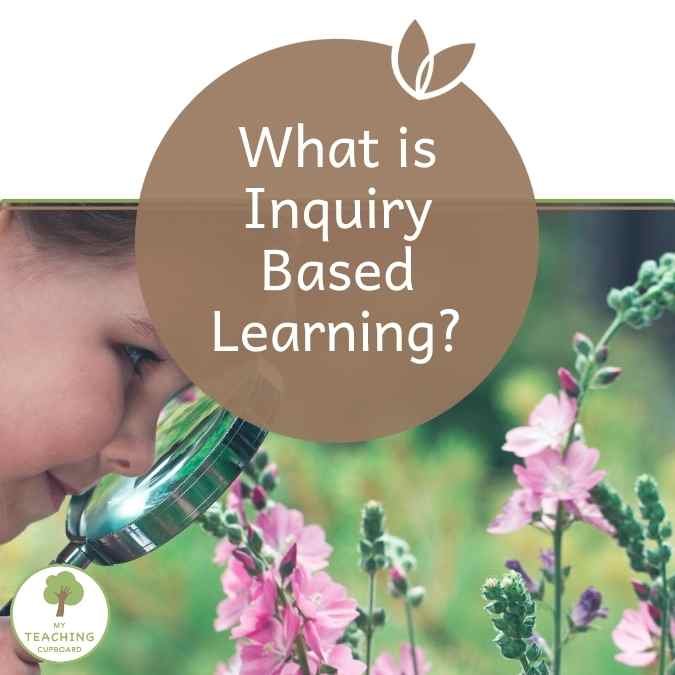And lastly, there is a time management issue.
To control this, begin with shorter less intense questions and work up to longer projects as both you and your students become relaxed about the process. So simply starting small you can introduce inquiry based learning without feeling like you have to completely change the way you teach.
These are some of the strategies that will assist you in implementing inquiry-based learning in the real-life and manageable manner.
It is worthwhile.
Inquiry will strengthen the critical thinking ability, problem solving ability and collaboration among your students.
It should not be tricky. The key point in this approach is the chance that a child could receive to ask questions, explore, and consider the learning.
With such tools as provocations, open-ended materials, and questioning prompts, you will be halfway there to building a classroom of curious and engaged learners.
Inquiry Based Learning Vs. Play Based Learning
Inquiry-Based Learning and Play-Based Learning are both effective learning practices in early childhood, however, use different strategies and result. Inquiry-Based Learning is aimed at teaching kids to inquire, explore and explore problems and find solutions. As an example, a teacher can discuss a real-life problem, e.g., the reason why plants need sunlight, and ask children to come up with an experiment, observe, and comment on it. The approach fosters the skills of thinking, solving problems and research, as well as curiosity and independence.
Play-Based Learning in contrast focuses on the ability to learn when children are at play, such as playing games and using role play, building, or in an imaginative setting that works to encourage children to have fun and also be child directed. An example of this is when children are allowed to build blocks and they will be unknowingly doing math, skill in creativity, teamwork and problem solving. Such a strategy will not only ensure cognitive development but emotional, social, and physical-motor development as well as children learn to collaborate, interact, and self-regulate themselves.
The primary distinction exists in the structure: Inquiry-Based Learning is curriculum-driven with the presence of narrowly focused themes or questions, whereas with Play-Based Learning, the approach is open-ended and child-initiated. Both methodologies however are a perfect yin-yang. A play activity can co- ignite inquiry and inquiry can trigger experimentation playfully. Jointly, they form a well-rounded, active, and wholesome learning environment that stimulates child wonder, artistry, and life-long eagerness to learn.
Both, inquiry-based learning and play-based one are strong mechanisms to make children explore the surrounding world, think critically, and engage into the world.
They are similar in all ways but they also are different and set each apart.
It is necessary to know how to use these two methods in combination, so that you can combine them in a balanced, lively classroom where learning takes place spontaneously.
What Does Inquiry and Play-Based Learning Share
Both, inquiry-based and play-based learning are child-centred approaches at their core. They stress on ensuring that children have control of their own learning and that they be given the freedom to exercise their curiosity, questions and exploration of ideas in a way they can relate that is meaningful to them.
In both methods the teacher will be more of a facilitator as opposed to a traditional teacher. Rather than provide information to a child, you present opportunities to help them learn by using creative provocation, materials, and questions. This assists children in developing crucial competencies such as problem solving, critical thinking and teamwork and they are learning and having fun.
The second main similarity of the two approaches is that both place emphasis on practical, experience-type of learning. Through inquiry as to how things work or through play, children learn by doing them. This dynamic interaction contributes to a better grasp of ideas and makes children develop better memory of what they have learned.
The distinction between the inquiry-based and play-based learning
Although both methods are child-centered, usually, inquiry-based learning is more organized than the one based on open play. With inquiry-based learning, a guiding question or problem prevails to guide the exploration.
The teacher has a more direct role of pushing students to certain learning objectives through questioning practices and written steps such as forming queries, searches, presentation and reflections.
Unstructured play-based learning on the other hand is more free-form. Children get the freedom to explore the materials and ideas in a self-directed manner without any desired outcome in the process of play. The learning there is quite free in nature because children are encouraged to pursue whatever they want to know without being restricted to a particular question or learning objective.
How an Inquiry-Based Learning Enhances a Play-Based Pedagogy
Inquiry-based and play-based can be perfectly integrated, even as the former has more structure than the latter.
Inquiry-based learning may be considered to be an extension of play. Through playing, children tend to have questions and test ideas. As an example, a child playing with a tower will ask questions such as, “How high can I make this before it falls?” At this point there is a need which inquiry-based learning can assist with by stimulating deeper thought.
It is natural that by giving children some thought-provoking provocations or guiding questions in the middle of the play, you can bring them to a more narrow inquiry. This can enable them to think critically of how they play, Problem solving as well as making realistic links between what they think and the curriculum and the outside world.
Source_lin
